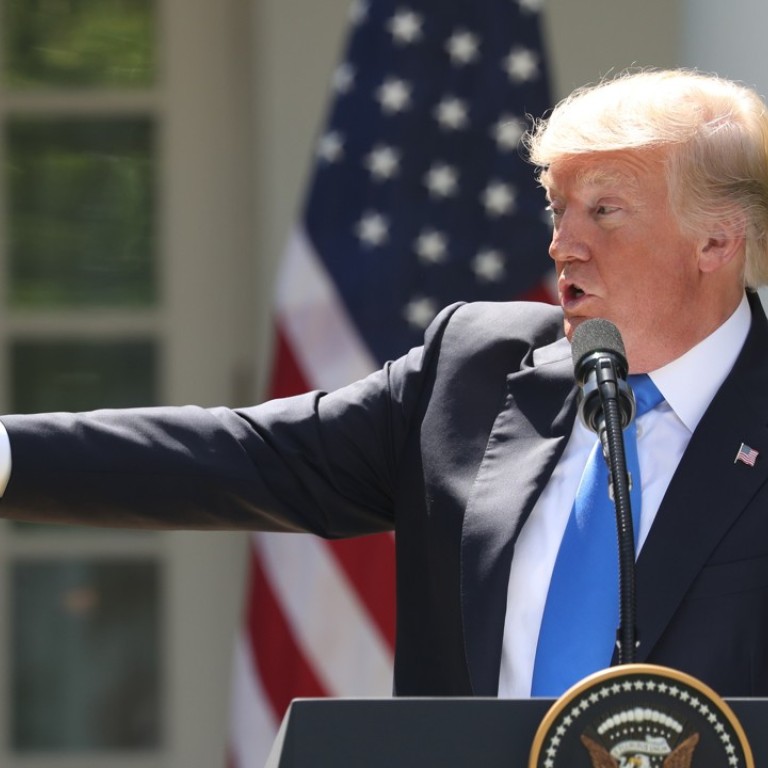
What Trump’s new policy on North Korea means for China
The complexities of Pyongyang ensure one outcome: that the US will turn to a hybridised approach featuring carrots, sticks, military threats, leveraging Beijing and cosying up to China
In urging all sides to consider a new policy towards North Korea, including military options, President Donald Trump is signalling his intent to grab the proverbial bull by the horns.
But no one should assume that the previous policy of relying on China to bring North Korea to book is already abolished. On the contrary, it will remain alive indefinitely.
As things are, Trump does not have a national security team on East Asia.
The ability of Defence Secretary James Mattis and National Security Adviser HR McMaster to articulate the view of the president, even when taken together, does not suggest a departure from what had been tried and tested before: a policy of outsourcing the North Korea issue to China.
Having encouraged China to compel North Korea to yield, with a focus on North Korea stopping its missile and nuclear tests, Beijing has achieved the latter only.
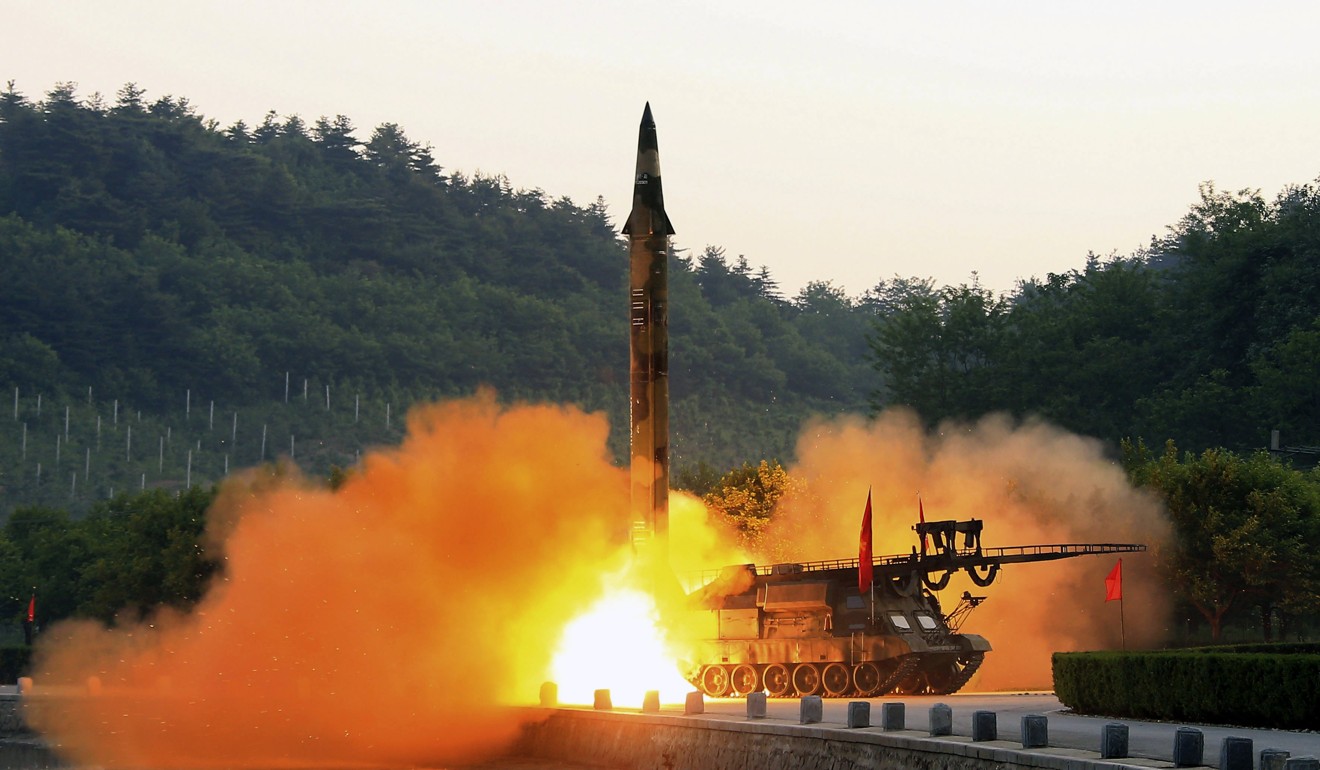
Thus, while there hasn’t been a sixth nuclear test by North Korea – despite its increased ability to send missiles up to 2,000km above the earth – Pyongyang has continued to enhance its missile programmes.
The earth’s atmosphere is only 450km high. Any ability to breach this threshold at fifteen times the speed of sound, which is what Pyongyang has managed to do, suggests a quantum leap in missile re-entry technology, delivery accuracy and engineering integrity.
Is North Korea behind WannaCry virus?
At this speed and height, any homing missiles that can reach the mainland of the United States will be both a clear and present danger to the US and a political threat to Trump’s re-election prospects.
And if Japanese Prime Minister Shinzo Abe is right, that Kim Jong-un is not beyond deploying Sarin gas in the warheads, then what Pyongyang has already achieved is the ability to use chemical warfare as a deterrent and offensive capability.
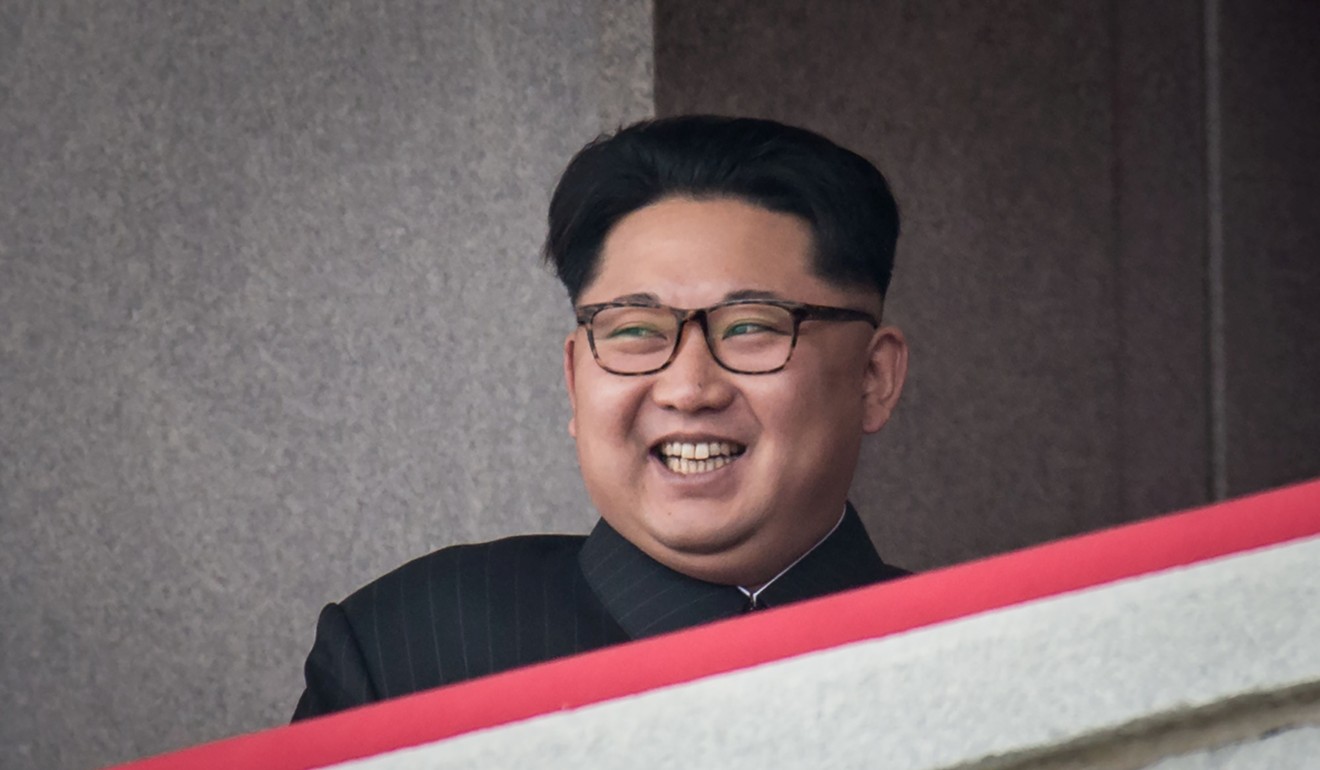
The complexities of North Korea ensure one outcome: while Trump and Abe can talk tough, the very crude and rough nature of the problem will logically lead to a hybridisation of approaches.
First, carrots and sticks will be used as a matter of policy, as had been done by the Obama administration. If North Korea agrees to comply to inspections by the international atomic energy agency (IAEA), and other such verification regimes, then sanctions on North Korea can be partially lifted.
Mystery of the North Koreans who left Macau for Zhuhai
Second, military threats in the form of more naval exercises between the US and its allies will be enhanced too. Trump has already alluded to the existence of two nuclear submarines lurking in the Korean seas. There could be more, as the situation increases in gravity. The seventh and third fleet of the US will alternate in the Korean waters too, with naval bases in Singapore and elsewhere providing the necessary supply and logistical support.
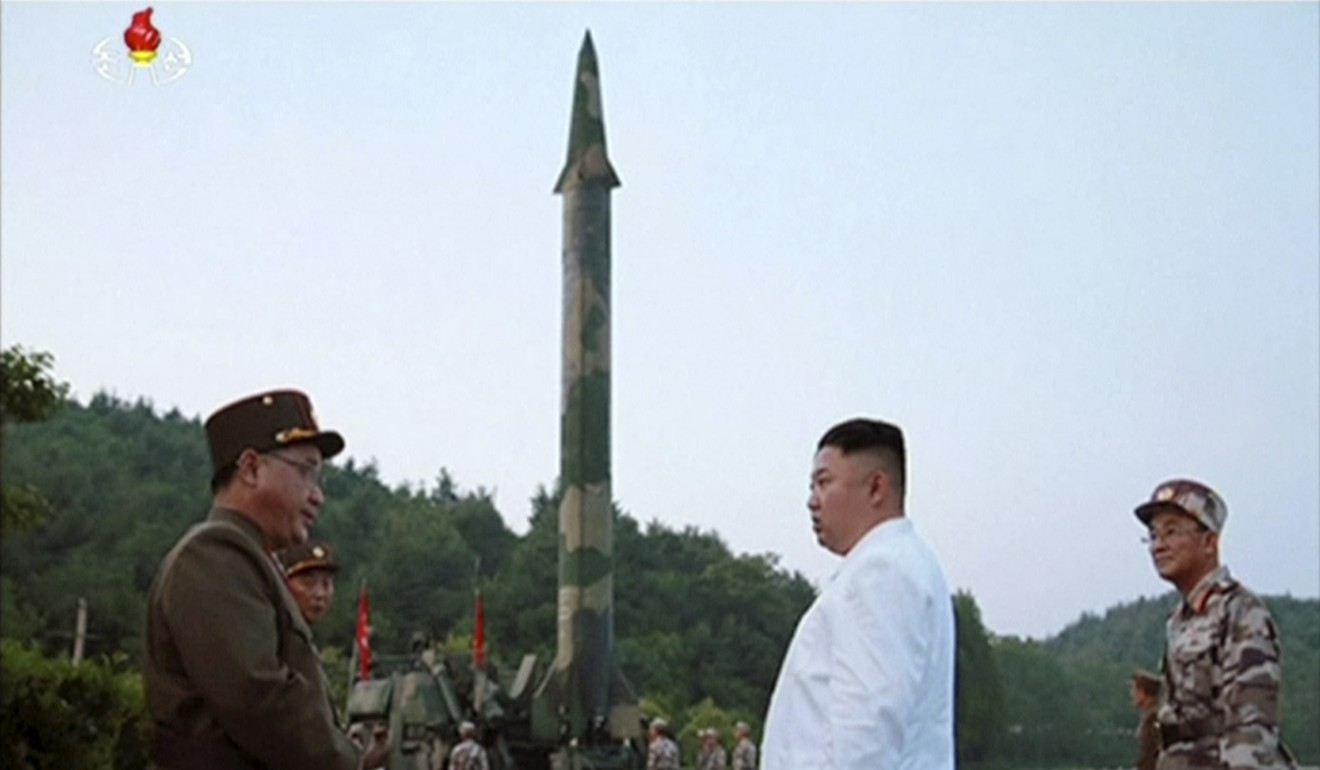
Third, granted that the US expects China to turn the North Korean situation around quickly – perhaps in less than a year – the US will have to increase the pressure on China (which it already has done, by approving a huge arms sale to Taiwan).
Fourth, the US has also inched closer to India in recent days, and served a clear warning to China that Washington is not without other options in the grand old game of alliance politics. Invariably, by not being critical of Russia, Trump has lined up President Putin as another prospective partner in crime to contain North Korea.
North Korea will be compelled by the above situation to try all its old tricks. These include new rounds of missile tests and efforts to speed up work to miniaturise its nuclear warheads. It may also try to export its missiles programmes to Iran and the Middle East to bog the US down in that region.
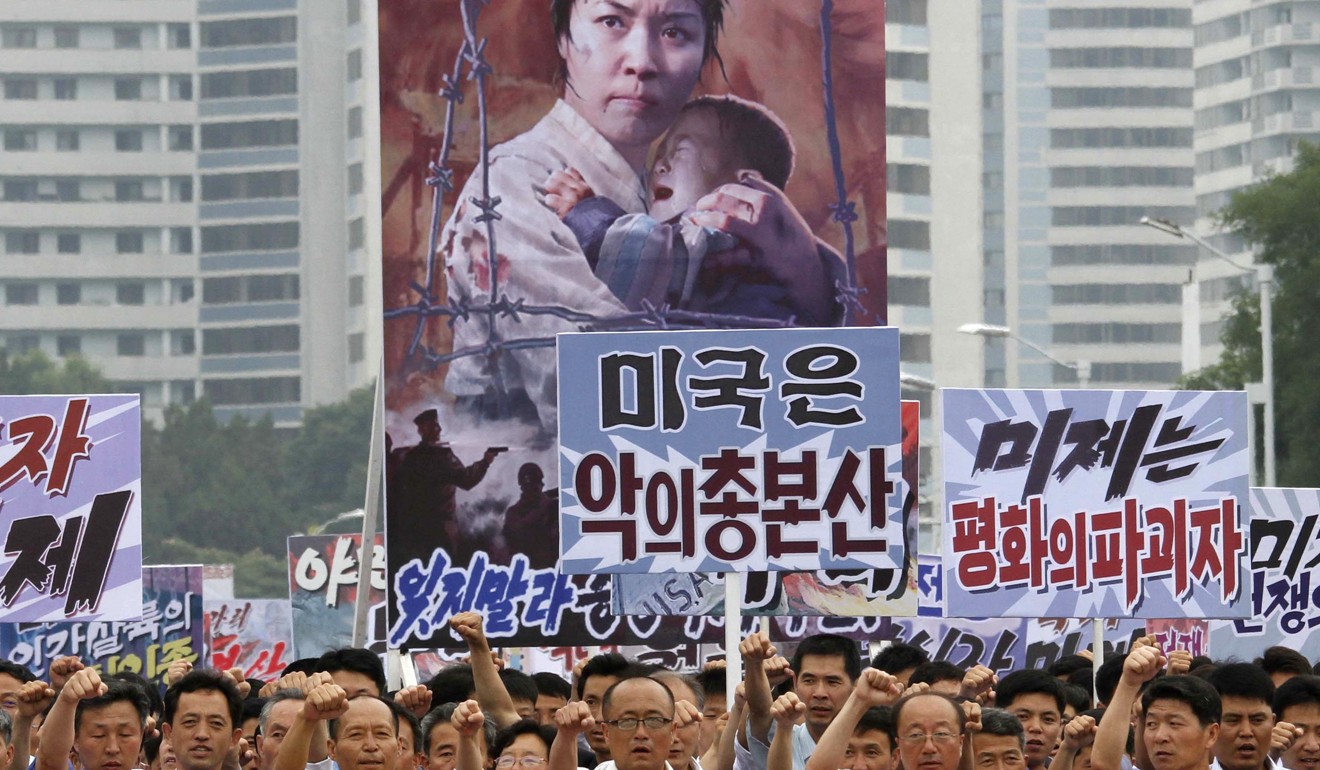
Should North Korea succeed first in the weaponisation of its nuclear and quasi chemical, even biological, warfare programme, it will have gained a strong hand at the negotiating table.
What North Korea will ask in return is nothing short of what Trump has already said he can give: a guarantee of no regime change, no stealthy effort to cause the collapse of North Korea, and no plan to consider North Korea as the number one military threat in the North Pacific.
North Korea’s passed a dangerous nuclear threshold – did anybody notice?
Thus, the situation now requires China to make North Korea see the light, while also ensuring that the US can be true to all its promises. Of course, North Korea must comply to the terms, too.
Otherwise the world will witness another round of serious geopolitical posturing – the sort that could lead to accidental war in one of the most strategic corners of Asia.

